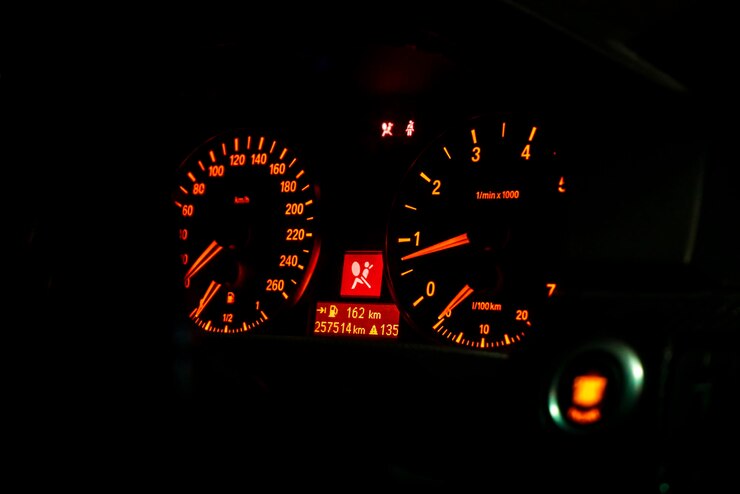Running out of fuel while driving can be a frustrating and potentially dangerous experience. To help drivers avoid such situations, vehicles are equipped with low fuel warning lights that alert them when the fuel level drops below a certain threshold. In this article, we will discuss the importance of low fuel warning lights, their functionality, and some tips to ensure you always have sufficient gasoline for your journey.
Understanding Low Fuel Warning Lights: Low fuel warning lights are designed to notify drivers when the fuel level in their vehicle’s tank is running low. Typically represented by a fuel pump icon or the word “FUEL,” this warning light is triggered when the fuel level reaches a predetermined point, usually around 1/8th or 1/4th of the tank’s capacity. Its purpose is to prompt drivers to refuel before the fuel level becomes critically low.
Importance of Low Fuel Warning Lights: Low fuel warning lights serve several important purposes that contribute to safe and stress-free journeys:
- Preventing Unexpected Fuel Depletion: The primary function of the low fuel warning light is to prevent drivers from running out of fuel unexpectedly. It provides an early indication that the fuel level is getting low, giving drivers ample time to find a nearby gas station and refuel before it becomes a critical situation.
- Avoiding Stranded Situations: Running out of fuel can leave you stranded on the side of the road, which can be inconvenient, unsafe, and potentially result in accidents. The warning light helps drivers avoid such situations by reminding them to refuel before the fuel level drops too low.
- Protecting the Fuel System: In modern vehicles, the fuel pump is located inside the fuel tank. Operating the vehicle with a low fuel level can expose the fuel pump to air, potentially causing it to overheat or suffer damage. Regularly refilling the tank when the low fuel warning light comes on helps protect the fuel pump and other components of the fuel system.
Tips for Ensuring Sufficient Gasoline:
- Monitor Fuel Level: Pay attention to your vehicle’s fuel gauge and familiarize yourself with its position when the low fuel warning light is activated. This will help you gauge how much driving distance you have before needing to refuel.
- Refuel in Advance: Don’t wait until the fuel level is critically low before refueling. When the low fuel warning light comes on, make it a priority to find a nearby gas station and fill up the tank. This proactive approach ensures you have sufficient fuel for your journey.
- Plan Ahead: When embarking on a long trip, make sure to plan your refueling stops along the route. Take note of the distances between gas stations and ensure that you have enough fuel to reach the next available station without relying solely on the low fuel warning light.
- Consider Reserve Fuel: Some vehicles have a reserve fuel capacity even after the low fuel warning light comes on. However, it is important to note that relying on the reserve fuel can be risky and should be avoided whenever possible. Aim to refuel before reaching the low fuel threshold.
- Be Mindful of Fuel Efficiency: Improve your vehicle’s fuel efficiency by adopting good driving habits such as avoiding aggressive acceleration and maintaining a steady speed. Regular vehicle maintenance, including keeping the tires properly inflated, can also contribute to better fuel economy.
Low fuel warning lights play a crucial role in ensuring sufficient gasoline for your journey. By paying attention to the warning light, monitoring the fuel level, and adopting proactive refueling habits, you can avoid the inconvenience and potential hazards of running out of fuel while driving. Remember, it is always better to err on the side of caution and refuel in a timely manner.











